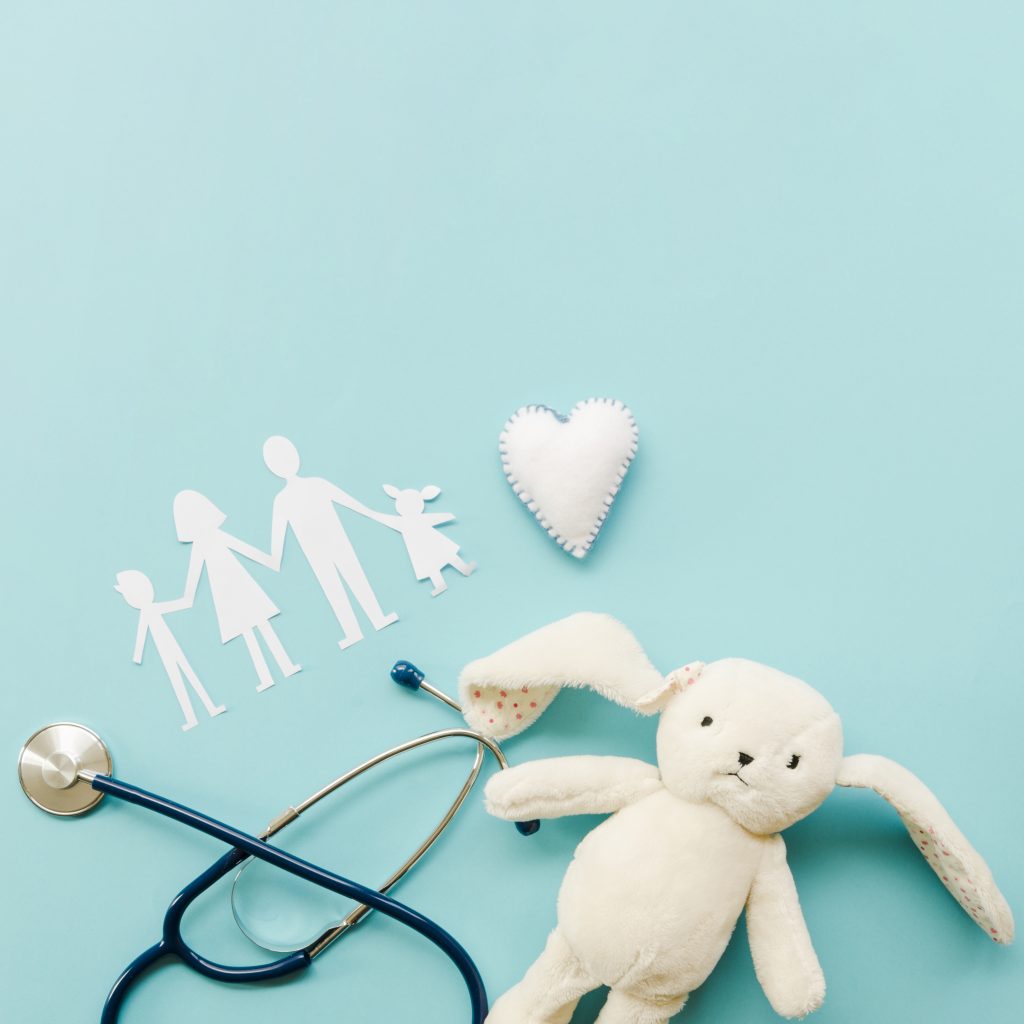It can be difficult to know if a bite or a sting from an insect is dangerous or not. This article explains the best first aid treatment depending on the type of insect involved. It’s important to be aware that bites or stings from insects can cause a severe allergic reaction (anaphylaxis) in some people. Learn more about first aid treatment for severe allergic reactions in the ‘anaphylaxis’ section below.
Insect bites
An insect bite will leave a puncture wound in the skin. The type of insect that you are bitten by can determine what type of reaction you will have. Insect bites will usually clear up in a day or two without any further treatment.
Common symptoms of a bite include:
- skin irritation
- inflammation or swelling
- a bump or blister around the bite mark.
Check your symptoms with healthdirect’s Symptom Checker to get advice on when to seek medical attention.
Insect stings
If you are stung, the insect will puncture the skin and leave behind saliva, faeces (poo) or venom. It’s also quite common that the insect will leave behind its ‘sting’ with or without venom.
Common symptoms of a sting include:
- an intense burning feeling
- redness around the sting site
- swelling around the sting – in cases of allergic reaction, swelling may be more severe and affect a larger part of the body, for example the whole leg or arm may become swollen
- allergic reactions can occur which may cause further swelling, pain and in some cases blisters will form
- pain which generally eases after an hour or so
Check your symptoms with healthdirect’s Symptom Checker to get advice on when to seek medical attention. The skin around the area you were stung is likely to be red and painful, and you may experience some swelling around the sting mark. Stings generally clear up within two days (48 hours) although the area may be tender for a few days after this.
Bee stings, wasp stings and ant bites
Bee and wasp stings and Australian Jack Jumper ant bites are the most common triggers of anaphylaxis to insect stings. Wasps are generally more aggressive than bees and are attracted to food and sugary drinks. Check open food and drink containers when you are outdoors before you eat or drink from them.
Take these steps if you are stung or bitten:
- bee stings – do not use tweezers to remove the sting. Bees leave behind a sack of venom, and if you try to use tweezers you will release more venom from the sack
- if the stinger is still in the skin, gently try to remove it by scraping it carefully from the side with the edge of a firm object, such as a finger nail or credit card
- when you have removed the sting, wash the affected area with soap and water, and dry the area gently.
If the pain is persistent (ongoing), massage the area around the sting or bite for 10 minutes using an ice-pack. This will only provide temporary pain relief.
Ticks
Ticks can attach to your skin when you’re out and about in the bush. To protect yourself from ticks, wear light coloured clothing, tuck your trousers into your socks and spray an insect repellent containing diethyltoluamide (DEET) or picaridin onto your skin, shoes and socks.
After returning from a tick area, thoroughly check the whole body of all members of the party (especially children) for ticks. Pay particular attention to the back of the head and neck, groin, armpits and back of the knees. You can have more than one tick. To remove a tick, grasp it as close to the skin as possible with fine tipped tweezers. Gently pull the tick straight out using steady pressure. A portion of the head or mouthparts may be left behind. These will fall out in time.
DO NOT:
- grasp the tick by the body,
- apply methylated spirits or fingernail polish, or
- use a lighted match, or cigarette.
Once the tick is out, apply antiseptic cream to the bite site. Tick bites can remain slightly itchy for several weeks. If the tick isn’t fully removed, you should look out for signs of infection – redness, pain around the wound site, pus or clear liquid coming from the wound, and a high temperature over 38°C. See your doctor if you develop a reaction around the bite site, or if you feel generally unwell or experience muscle weakness or paralysis after a tick bite.
Mosquito bites
Mosquitoes cause itchy bites but severe allergic reactions are rare.
Some types of mosquitoes can spread serious diseases.
See your doctor if you develop a rash, flu-like symptom such as fever, chills, headaches, joint and muscle pains (swelling or stiffness), fatigue, depression and generally feel unwell. Most mosquito bites can be managed by washing the area with soap and water and applying an antiseptic. Cold packs may help with local pain and swelling. To lessen your chance of being bitten by mosquitoes (and midges), cover up as much skin as possible and stay inside in the early morning or at dusk. Use an insect repellent when you are out and about and there are mosquitoes around. Information on staying safe around mosquitoes can be found on the Queensland Healthwebsite.
Scorpion and centipede stings
Take these steps if stung by a scorpion or a centipede:
- apply an ice pack to the sting or bite site
- clean the wound with antiseptic or wash with soap and water to help prevent secondary infection
- give analgesia.
Caterpillar stings to the skin
Take these steps if stung by a caterpillar:
- remove visible caterpillar hairs with tweezers
- apply and remove adhesive tape to the area to remove the finer caterpillar hairs
- do not scratch or rub the area, this may cause the hairs to penetrate deeper into the skin.
Itching
Itching is a common irritation of the skin that makes a person want to scratch the itchy area. It can occur anywhere on the body, and can be very frustrating and uncomfortable. Itching may occur on a small part of the body, for example around the area of an insect bite, or it can affect the whole body, such as an allergic reaction. Sometimes spots or rashes may be present around the area that is itchy, or they may cause the itchiness itself. It is quite common to find that after you’ve scratched an itch, that the itch becomes more persistent (itchier) and you get into a cycle of itching and scratching. This can be painful and can sometimes lead to an infection if the skin is broken. If itching persists for more than 48hrs, see your doctor.
To relieve itching follow this advice:
- try not to scratch the area. Keep your nails short to prevent breaking the skin if you do scratch
- a cool bath or shower may help to soothe the itching. Gently pat yourself dry with a clean towel. Do not rub or use the towel to scratch yourself
- avoid perfumed skin care products
- try to wear loose cotton clothing, which can help prevent you overheating and making the itch worse. Avoid fabrics which irritate your skin, like wool or scratchy fabrics
- an ice pack may relieve the itching but should not be placed directly against the skin. For example, you can make an ice pack by using a bag of frozen peas wrapped in a clean cloth
- there are medicines available to ease the symptoms of itching. Speak to a pharmacist for further advice and to make sure any medicines you take are suitable for you
- if you are in pain, get advice on medicines from a pharmacist or a doctor on medicines you can take.
Anaphylactic shock
Occasionally some people have a severe allergic reaction to being bitten or stung by an insect. In cases of severe allergic reaction, the whole body can react within minutes to the bite or sting which can lead to anaphylactic shock. Anaphylactic shock is very serious and can be fatal. Symptoms of anaphylactic shock may include:
- swelling of the mouth, throat or tongue
- difficulty swallowing
- difficulty breathing, shortness of breath or wheezing
- difficulty talking
- a rash that may appear anywhere on the body
- itching – usually around your eyes, ears, lips, throat or roof of the mouth
- flushing (feeling hot and red)
- stomach cramps, feeling or being sick
- feeling weak
- collapsing or falling unconscious.
Call triple zero (000) for an ambulance. If the person has a ‘personal action plan’ to manage a known severe allergy, they may need assistance to follow their plan. This may include administering adrenaline to the person via an autoinjector (such as an Epipen®) if one is available. The Australasian Society of Clinical Immunology and Allergy recommends that for a severe allergic reaction adrenaline is the initial treatment. For further information, visit the Choosing Wisely Australia website. The St John Ambulance Australia first aid fact sheet for bites and stings can be found on their website. For more information on anaphylaxis, including setting up a personal action plan, go towww.allergy.org.au. People with diagnosed allergies should avoid all trigger agents and confirmed allergens and have a readily accessible anaphylaxis action plan and medical alert device. It’s wise to ensure your family, friends and employer or work colleagues know how to follow your anaphylaxis action plan too in case you need help.
Should I do a first aid course?
Knowing what to do in an emergency can save a life, so it’s a very good idea to do a first aid course. You can book a first aid course through St John Ambulance Australia’s website or call them at 1300 360 455. You will need to pay a fee to do a course.
How to prevent bites and stings
To help prevent bites and stings, it’s a good idea to wear protective clothing such as closed shoes, socks, long pants and a long sleeved shirt when walking through the bush. Wear protective gloves and clothing when gardening. Bites and stings can happen when you have bare feet so wear shoes when you are outside, even around your home.

